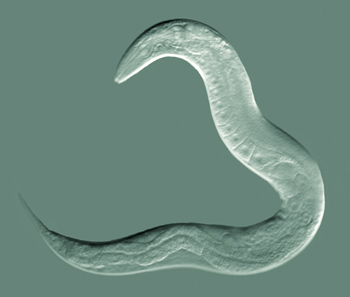
An Arizona State University team has used a unique high-throughput screening system to complete the largest-ever analysis of microRNAs (miRNA), the puzzling little cousins of RNA that help regulate gene expression.
Their findings offer a new explanation for why groups of similar miRNA sequences, called miRNA families, are so plentiful in higher species of animals, including humans.
Read/listen to my full story at KJZZ’s Arizona Science Desk:
ASU Completes Largest-Ever microRNA Study